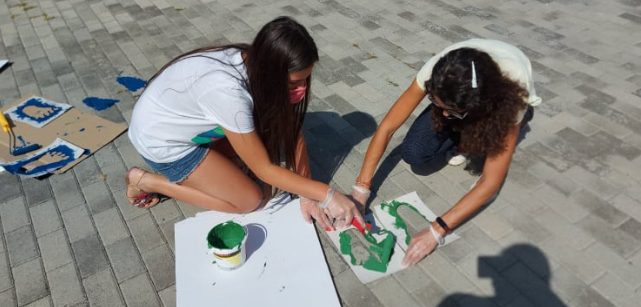Extracurricular activities play a crucial role in shaping a student’s educational experience, offering opportunities for personal growth, skill development, and social interaction. For schools committed to nurturing well-rounded individuals, the integration of extracurricular activities into the school schedule is a key element. This article explores the various ways in which schools seamlessly blend these activities into their daily routines, fostering holistic development among students.
Diverse Extracurricular Offerings:
Getting extracurricular activities into the school schedule starts by giving students lots of different choices. Schools usually have things like sports, arts, music, drama, debate, science clubs, and community service projects. This way, students who like different things can find activities that they really enjoy. It’s like having a bunch of options so everyone can do something they love. Also have a look at Hillsborough County School Calendar.
After-School Programs:
Many schools schedule extracurricular activities as part of their after-school programs. This allows students to participate in activities without conflicting with regular class hours, enabling them to explore and develop skills beyond the core curriculum. After-school programs offer flexibility, as students can choose from a range of options that suit their interests and availability.
Club Periods:
Some schools incorporate dedicated club periods into their weekly schedules. These periods, often occurring during the school day, allow students to join clubs or societies that align with their interests. Club meetings provide a structured environment for students to engage in collaborative projects, discussions, and activities under the guidance of a faculty advisor.
Integrated Curriculum:
Innovative schools have begun to integrate extracurricular activities into the academic curriculum. For example, a history class might collaborate with the drama department to stage a historical play, combining academic learning with creative expression. This approach fosters interdisciplinary connections and makes learning more engaging for students.
Rotational Schedules:
To accommodate a wide array of activities, some schools adopt a rotational schedule. This model allows students to explore different extracurriculars on a rotating basis, ensuring that they have exposure to various activities throughout the school year. This approach prevents students from feeling overwhelmed by commitments to multiple clubs simultaneously. Read more educational blogs at studyheal.
Competitions and Events:
Schools usually plan fun competitions and events for students. They might happen on weekends or at special times during the school week. These events can be things like sports tournaments, science fairs, debate contests, and art shows. They’re not just to show how talented students are but also to make everyone feel like they’re part of a big school family. It’s a way to celebrate together and boost the school spirit.
Conclusion:
Incorporating extracurricular activities into the school schedule is a deliberate effort to provide a well-rounded education that goes beyond textbooks and classrooms. By offering diverse options, fostering interdisciplinary connections, and creating dedicated time slots, schools empower students to discover their passions, develop essential life skills, and build lasting friendships. The seamless integration of extracurricular activities into the school schedule is a testament to the commitment of educational institutions to nurture the holistic development of their students.

Aretha Davis, the wordsmith extraordinaire, weaves enchanting tales with her pen and keyboard. A renowned blogger and writer, her captivating prose transports readers to realms unknown. Join her literary journey and be swept away by the magic of her words.
